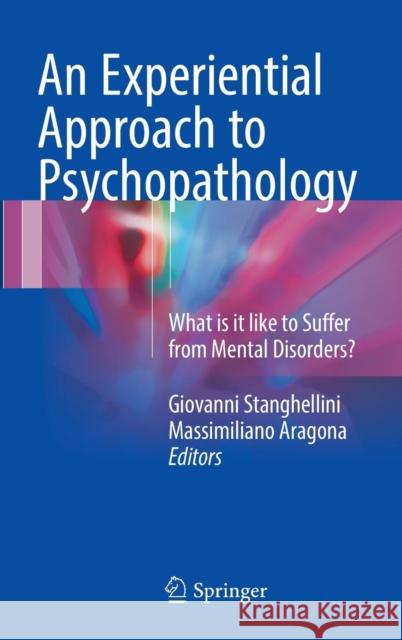An Experiential Approach to Psychopathology: What Is It Like to Suffer from Mental Disorders? » książka
topmenu
An Experiential Approach to Psychopathology: What Is It Like to Suffer from Mental Disorders?
ISBN-13: 9783319299433 / Angielski / Twarda / 2016 / 383 str.
An Experiential Approach to Psychopathology: What Is It Like to Suffer from Mental Disorders?
ISBN-13: 9783319299433 / Angielski / Twarda / 2016 / 383 str.
cena 682,72
(netto: 650,21 VAT: 5%)
Najniższa cena z 30 dni: 655,41
(netto: 650,21 VAT: 5%)
Najniższa cena z 30 dni: 655,41
Termin realizacji zamówienia:
ok. 22 dni roboczych
Dostawa w 2026 r.
ok. 22 dni roboczych
Dostawa w 2026 r.
Darmowa dostawa!
Kategorie BISAC:
Wydawca:
Springer
Język:
Angielski
ISBN-13:
9783319299433
Rok wydania:
2016
Wydanie:
2016
Ilość stron:
383
Waga:
0.72 kg
Wymiary:
23.39 x 15.6 x 2.24
Oprawa:
Twarda
Wolumenów:
01
Dodatkowe informacje:
Wydanie ilustrowane











